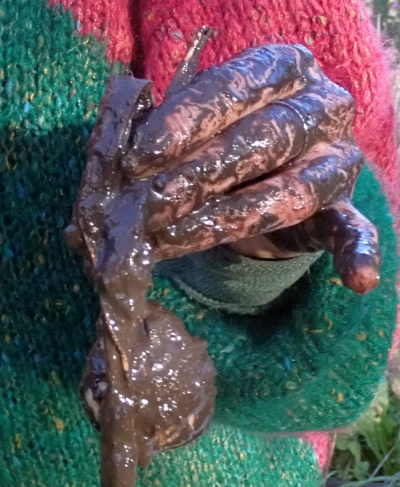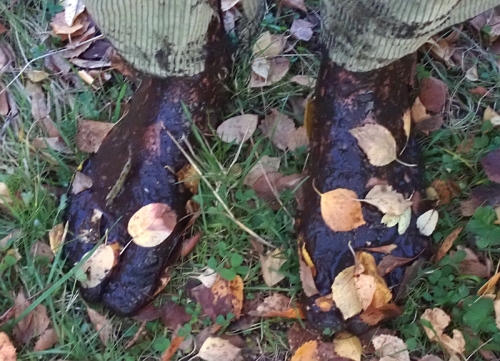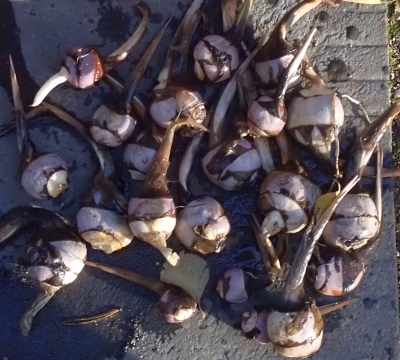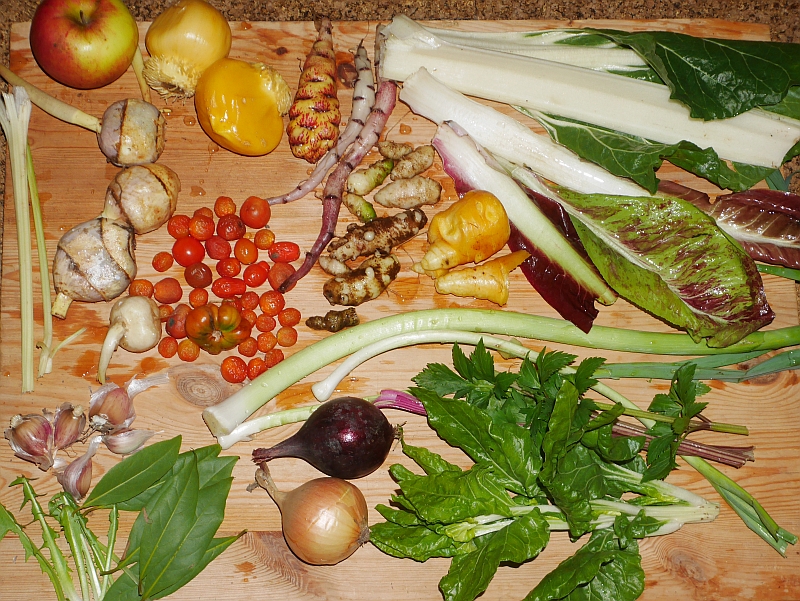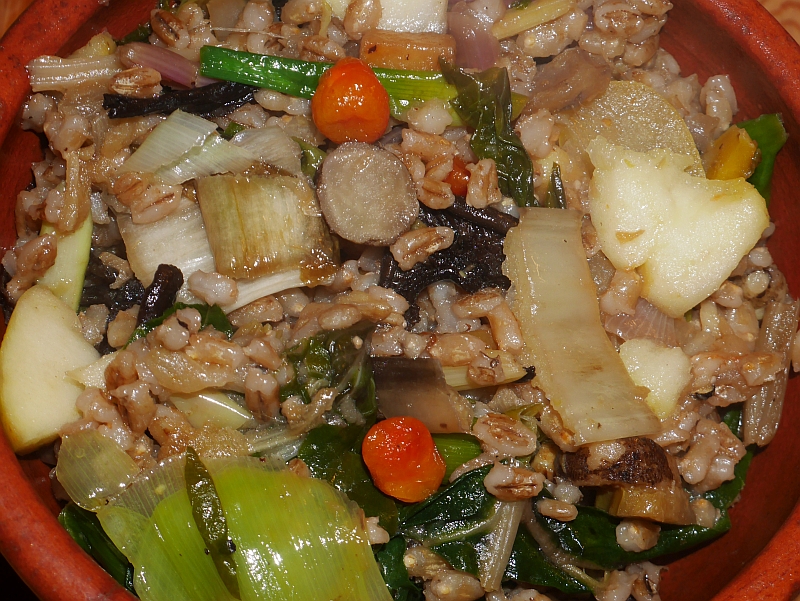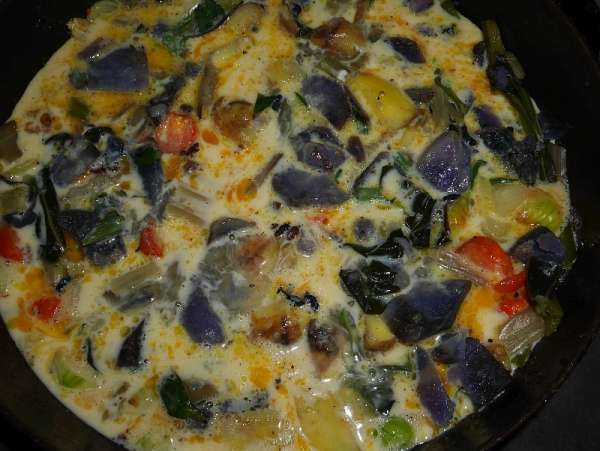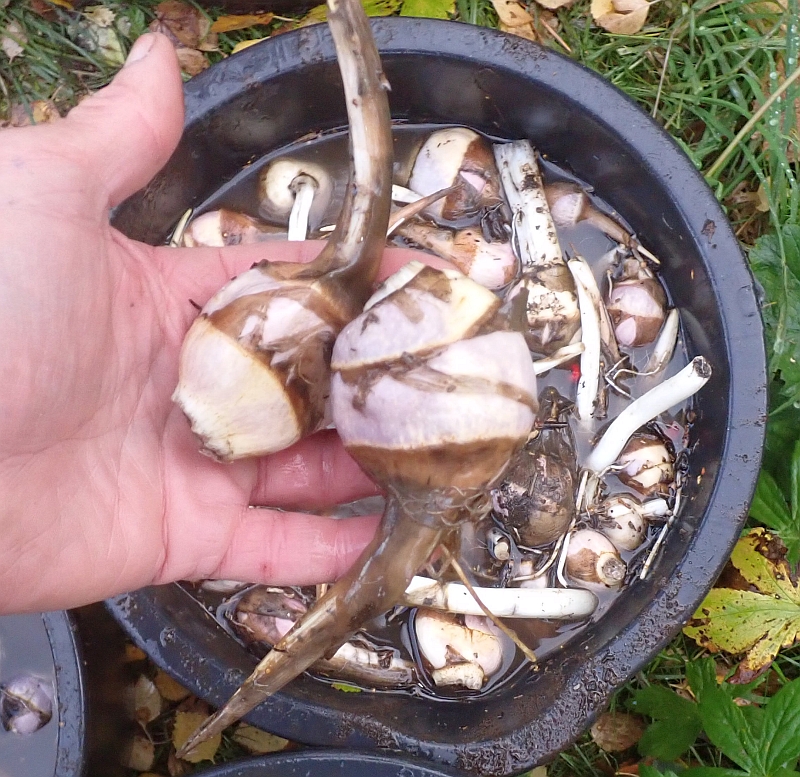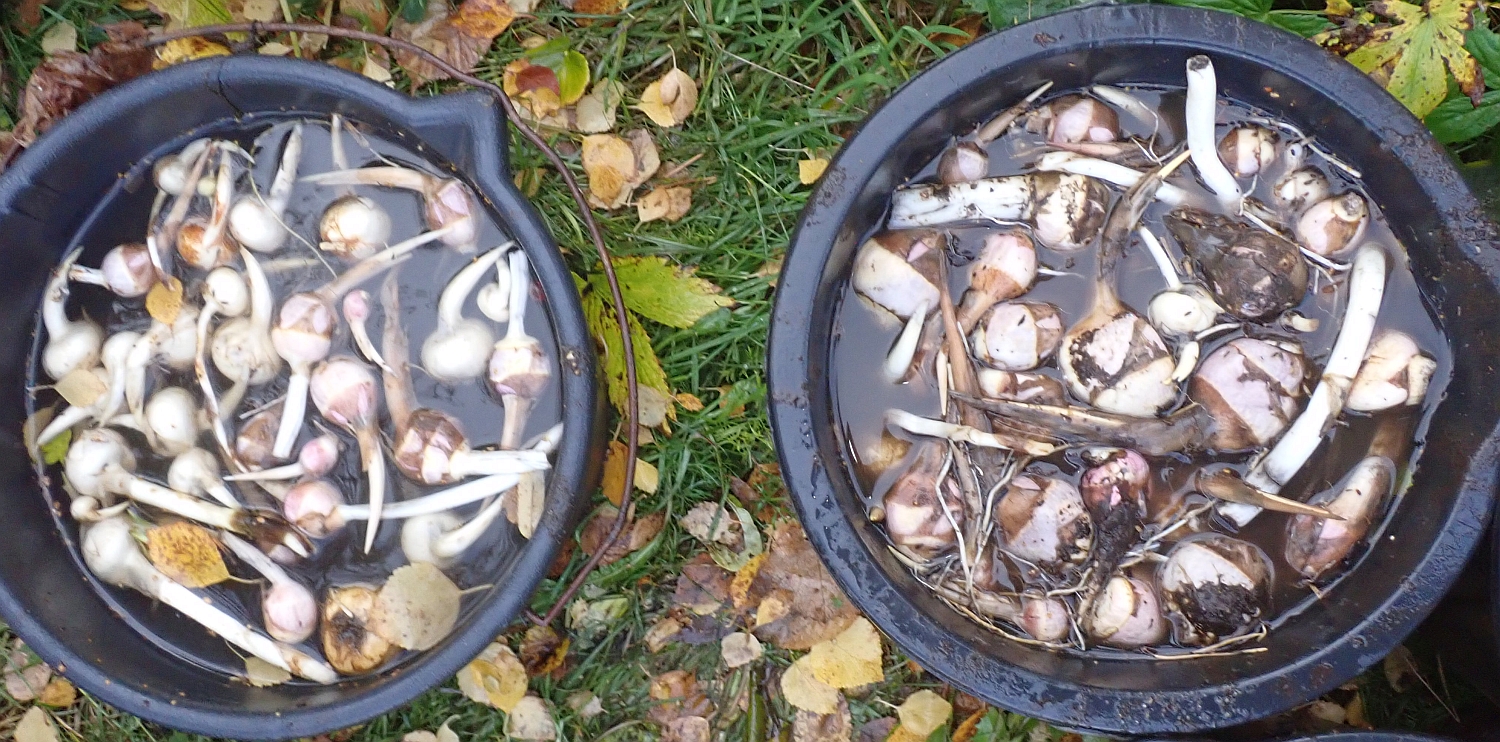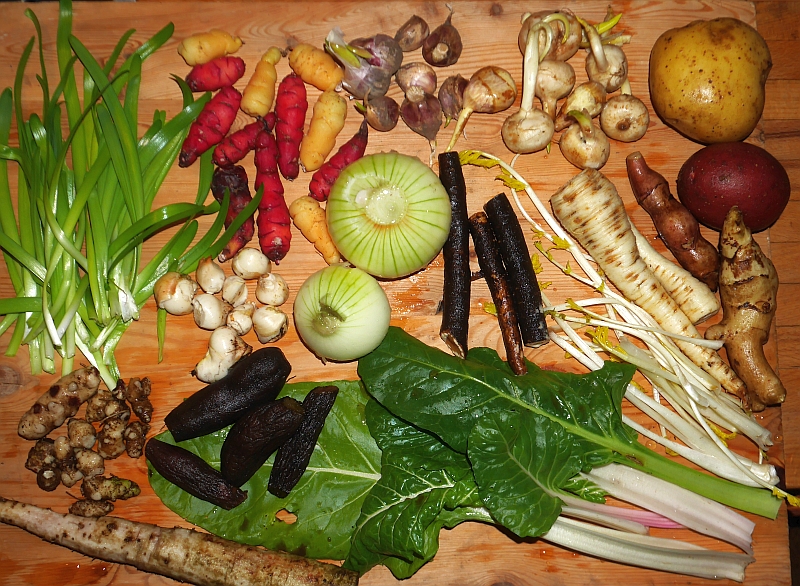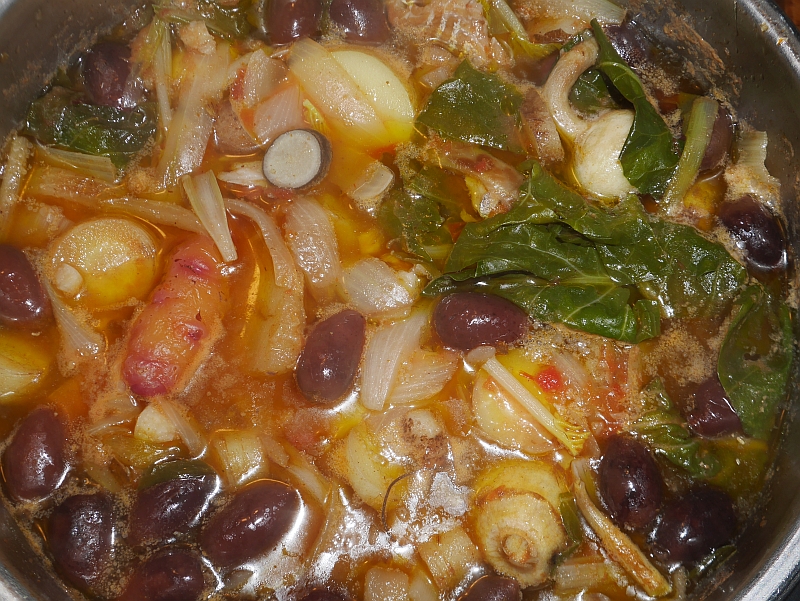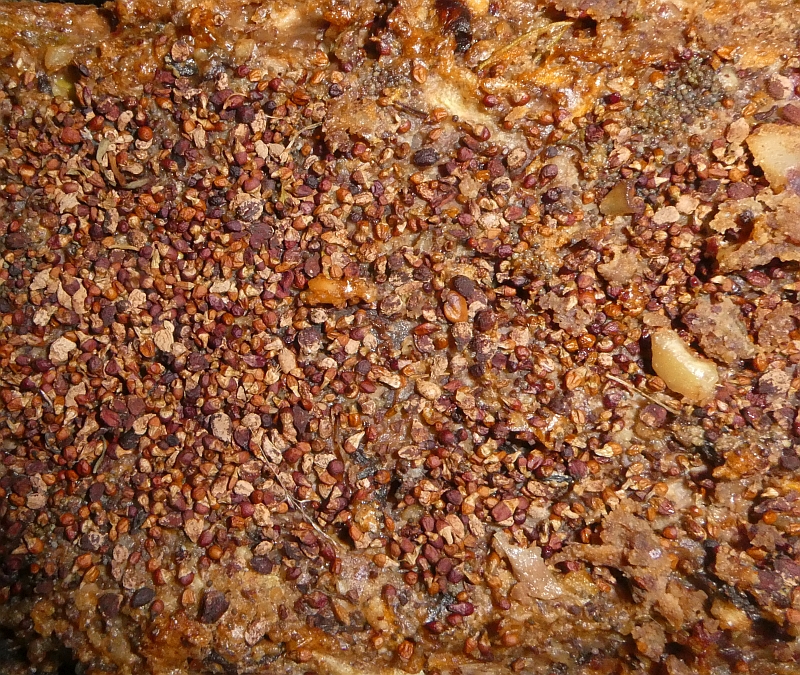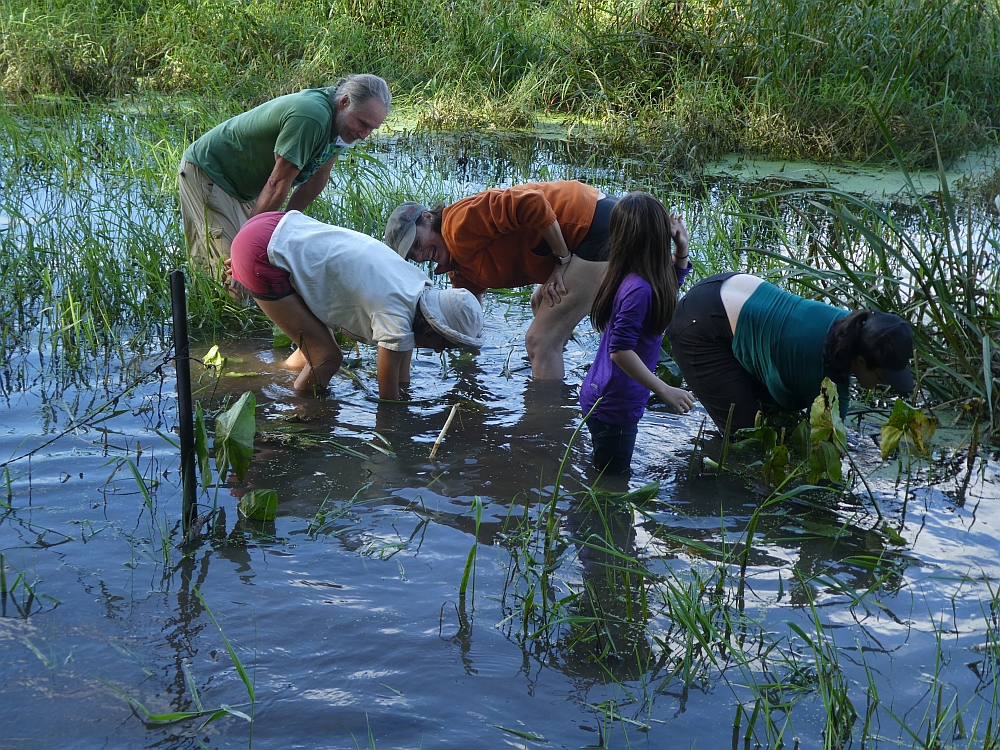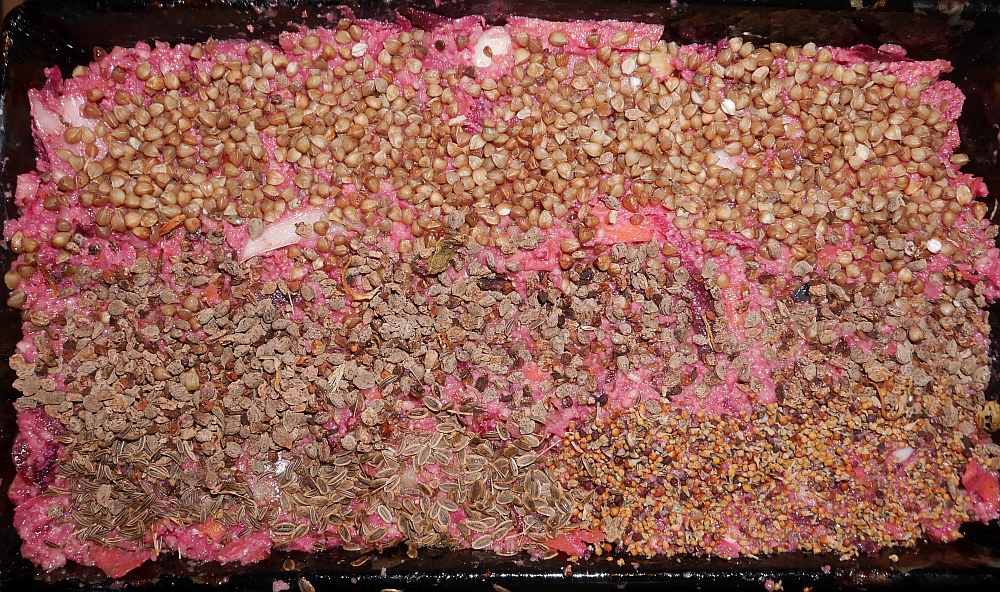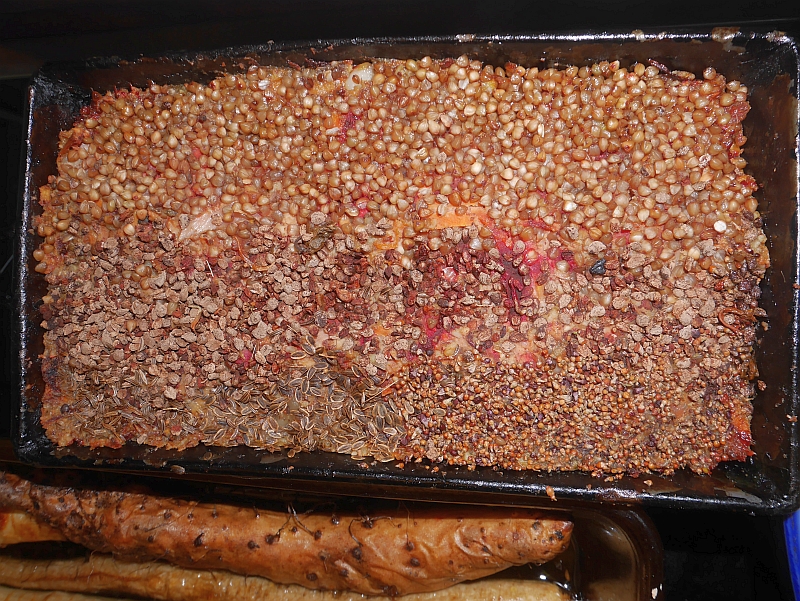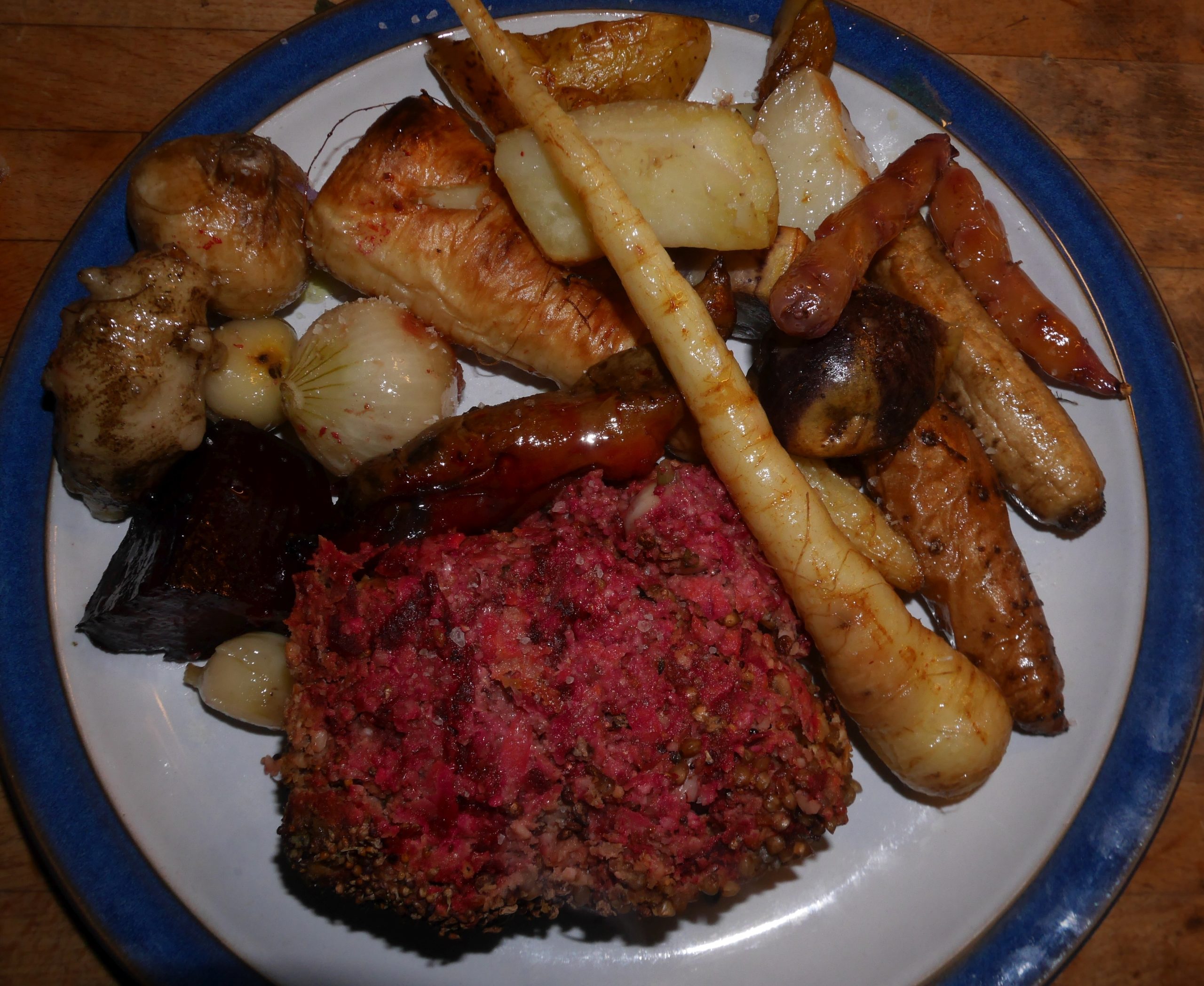Last year a garden helper, Daniil, helped me to harvest the wapato or duck potatoes (Sagittaria latifolia) which originate from the Mississippi River in Wisconsin. I grow them in a large bucket every year. There was ice on the water when Daniil harvested the tubers with his hands. This year my helper Aleksandra Domańska from Sweden / Poland was up to the task of trying to harvest them in the traditional way with her feet and bravely stepped into the muddy bucket, sinking quickly to the bottom in the only slightly warmer water than last year! She then used her hands to harvest a good crop of tubers. See the bottom of this post for links to other wapato posts. These tubers are one of the tastiest root crops! This was an experience that none of us are likely to forget, not the least Aleksa! It was also filmed by another visitor Cathrine Kramer from the Center for Genomic Gastronomy who is making a film of 4 seasons in my garden (see us all in the last picture!)
LINKS:
Daniil and the duck potatoes
https://www.edimentals.com/blog/?p=31597
Freezing Wapato and Chinese Arrowhead harvest: https://www.edimentals.com/blog/?p=30703
Sam Thayer and Mississippi wapato:
https://www.edimentals.com/blog/?p=30714


